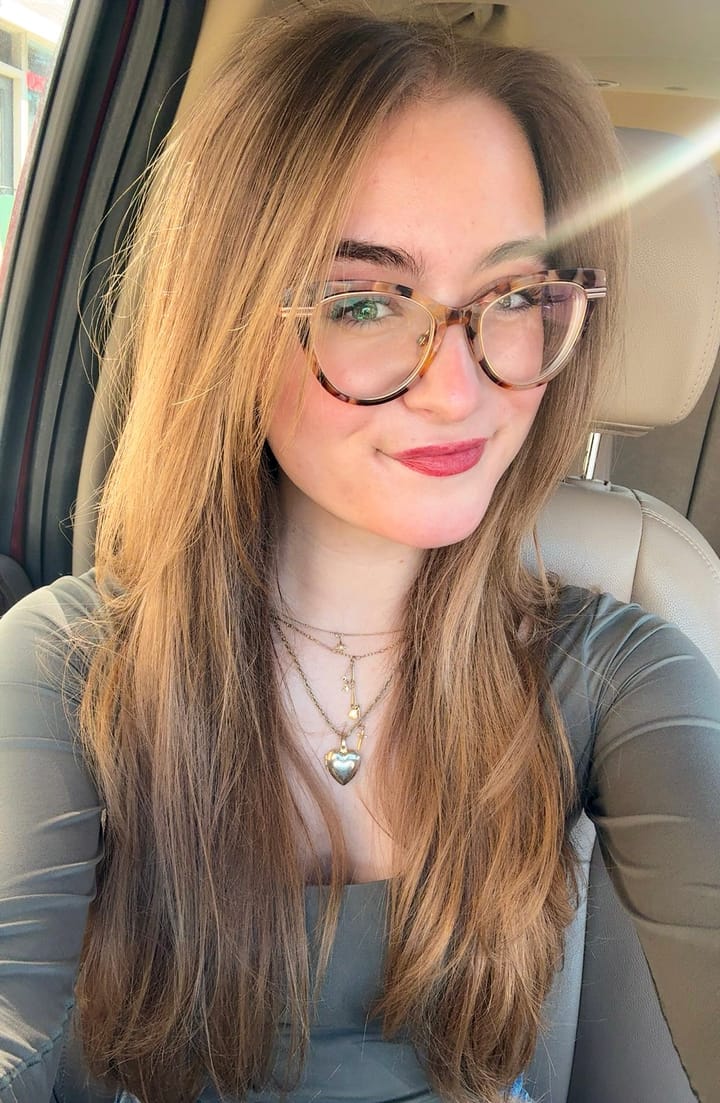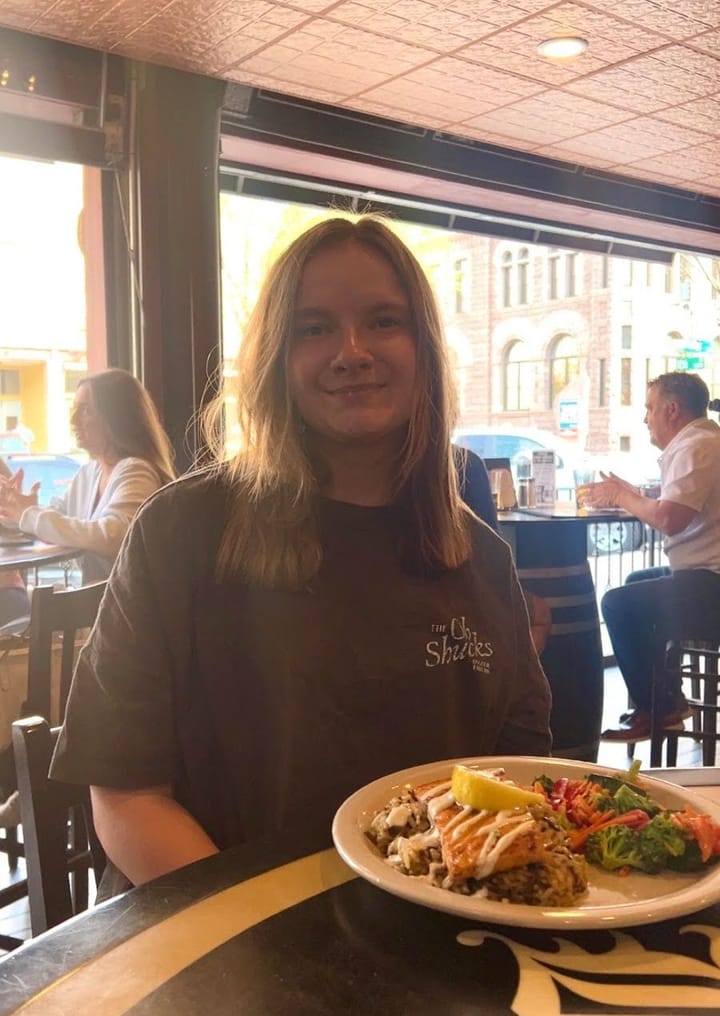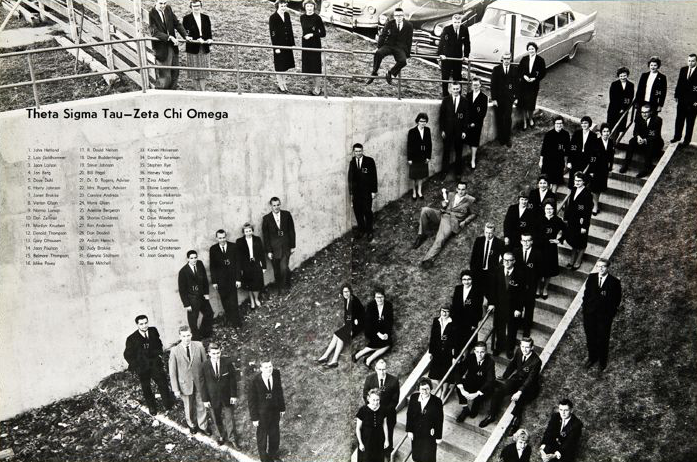Circle of Courage: AU’s Native pedagogy empowers
The Circle of Courage has been the foundation of the Augustana education department since 1991. It guides students on how to teach and serves as a model for how professors are to conduct their classrooms.
Senior communications disorder major Stacie Soderstrom has most of her classes within the education department.
“[The Circle of Courage] is listed in every education syllabi at Augustana,” Soderstrom said. “During my sophomore year, I had the wonderful opportunity to take Education: Human in Relations with Professor Steve Van Bockern, one of the pioneers of the Circle of Courage developmental model. We discussed in great detail how the Circle of Courage can advantage marginalized groups of people.”
Its framework is based on a youth empowerment model supported by psychological research from early youth work pioneers and Native American child care.
The Circle stems from conversations of children’s needs between Professor Larry Brendtro, Professor Martin Brokenleg, and Dr. Steve Van Bockern (who is still at Augustana). The three wrote the book Reclaiming Youth at Risk: Our Hope for the Future in 1990. Since then, close to 500,000 copies have sold, which has generated interest for training sessions.
The Circle is composed of four different values that “recurred and seemed to transcend various cultures and transcend time,” Van Bockern said. These values are Belonging, Mastery, Independence and Generosity.
Van Bockern said that in contemporary psychological literature, the labels for these ideas differ.
“What we decided to do then is to represent those four words using what’s called the Medicine Wheel or sometimes the Sacred Hoop,” Van Bockern said. “That Medicine Wheel became a powerful symbol of the way we think about those needs for kids.”
According to Van Bockern, kids need to feel that they’re loved, that they can solve problems, that they can help others and that they have purpose in life.
Van Bockern said the Circle is a powerful graphic image too, because all four values are interconnected.
“If you think about standing in the center of the circle and being able to turn to each of those directions and say I belong, I have mastery, independence and generosity, it’s an indicator you’re probably doing okay,” Van Bockern said.
“Here’s the thing about being a human being, though,” Van Bockern said. “It’s hard to be in the center of that circle all the time. As a human being, life gets difficult, it can be tiring. From my perspective, as human beings, we’re kind of in and out of the circle, but we want to be in that center as much as we can.”
Dr. Van Bockern and his associates have been in 32 different countries sharing the Circle, “and nobody argues with us,” he said.
According to Van Bockern, Augustana might have trouble bringing in Native students because native philosophy doesn’t always match the empirical academic world. He said Native thinking requires ‘knowing from the heart as well as the mind.’
“In an institution like Augustana, logic and research built on experimental designs that eliminate bias and feelings from getting at the objective truth can be in conflict with the way other people have been taught to figure out things,” Van Bockern said.
Through her academic career, Soderstrom has been able to create therapy and lesson plans for students in the Sioux Falls School and Sioux Falls Catholic School Districts.
“To me, creating a speech therapy plan with the goals of the Circle of Courage in mind just feels organic,” Soderstrom said. “Each child, and every person for that matter, wants to feel like they belong to a community where they can create a life that allows them to hone in on their individual skills and use those skills to give back to their community. The Circle of Courage teaches that coercive discipline is not necessary to reach a child who is struggling in the classroom.”
Click each circle to enlarge the images below and see the Circle of Courage.



